De-extinction of the Dire Wolf: A New Era for Conservation
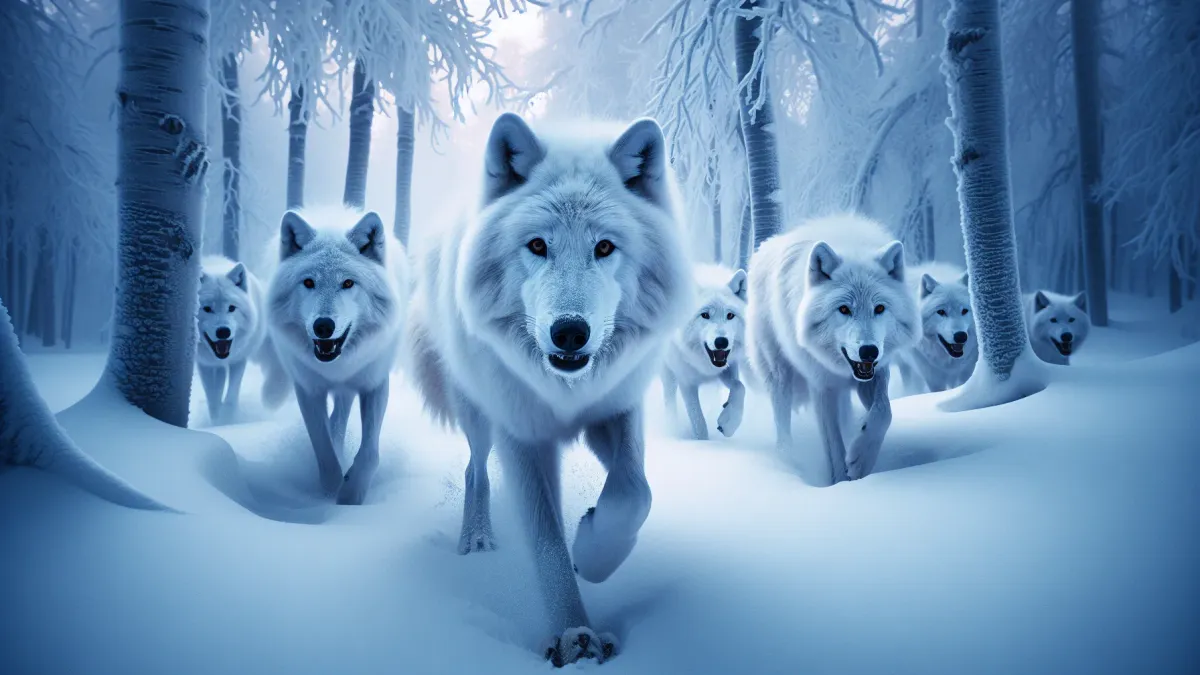
De-extinction, a term that may be new to many, represents a revolutionary leap in science, blending cutting-edge genetics with the dream of restoring lost species. While Merriam-Webster does not yet provide a specific definition, de-extinction is widely understood as "the process of generating an organism that either resembles or is an extinct organism" [1]. This concept has moved from science fiction to reality, with the dire wolf’s revival leading the charge.
Resurrection of the Dire Wolf
On October 1, 2024, Colossal Biosciences, a Dallas-based biotech company, announced a historic achievement: the de-extinction of the dire wolf (Aenocyon dirus), a species extinct for over 10,000 years [2]. Three pups—Romulus, Remus, and Khaleesi—were born using ancient DNA and gene-editing technology. This milestone marks the first successful de-extinction of a species gone for millennia, celebrated as a triumph of American innovation by U.S. Secretary of the Interior Doug Burgum [2]. The pups, certified by American Humane for welfare, live in a secure 2,000-acre facility, enjoying spacious habitats and socialization [2].
However, the project is not without controversy. Some experts, like zoologist Philip Seddon, argue that these pups are genetically modified gray wolves rather than true dire wolves, as they possess a 99.9% gray wolf genome [5]. Despite this, the pups exhibit dire wolf traits, such as white fur and muscular jaws, making them a close approximation [6].
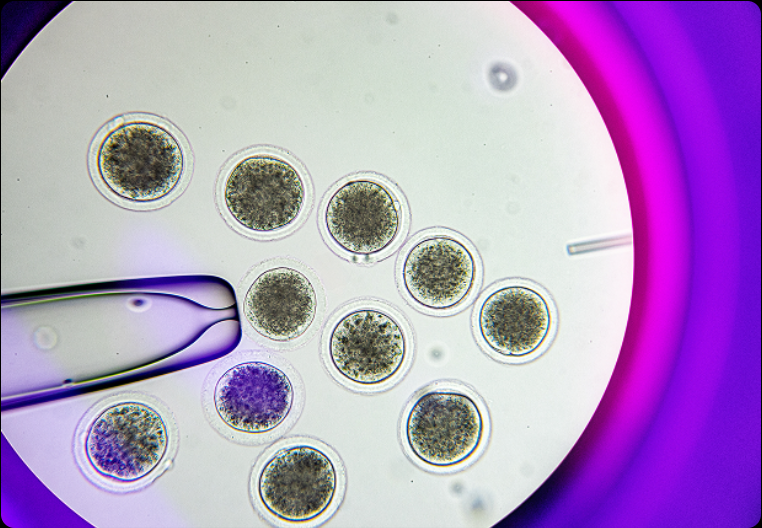
The Science Behind De-extinction
The dire wolf’s revival is a marvel of genetic engineering. Colossal Biosciences extracted DNA from dire wolf fossils, some dating back 72,000 years, and used CRISPR technology to edit the gray wolf genome, inserting dire wolf genes [4]. Embryos were then implanted into surrogate dogs, resulting in the birth of the hybrid pups. This process, while complex, demonstrates the potential of gene-editing to recreate extinct species’ traits.
The technology also holds promise for conservation. James Kehler, Vice President of BioSynergy at Colossal, noted that cloning from a standard blood draw could transform efforts to preserve genetic diversity in endangered species [7]. For instance, Colossal has cloned four red wolves, a critically endangered species with fewer than two dozen left in the wild [8].
Perspectives from Biologists and Conservationists
The dire wolf project has garnered enthusiastic support from experts, who see it as a beacon for conservation. Andrew Pask, Ph.D., from the University of Melbourne, praised its potential to stabilize ecosystems: "Apex predators are critical to stabilizing entire ecosystems, and their loss can have profound impacts on biodiversity" [3]. Kristin Brzeski, Ph.D., a conservation geneticist, highlighted that de-extinction tools could enhance genetic viability for species like the red wolf, with only 18-20 individuals remaining in the wild as of April 2024 [3].
Indigenous leaders also support the project, viewing it as culturally significant. Mark N. Fox, National Tribal Chairman, described the dire wolf’s return as “a reawakening – a return of an ancient spirit to the world,” emphasizing its role in stewardship [3]. The Nez Perce Tribe, in partnership with Colossal, aims to leverage these technologies to protect wolves across their traditional homelands [3].
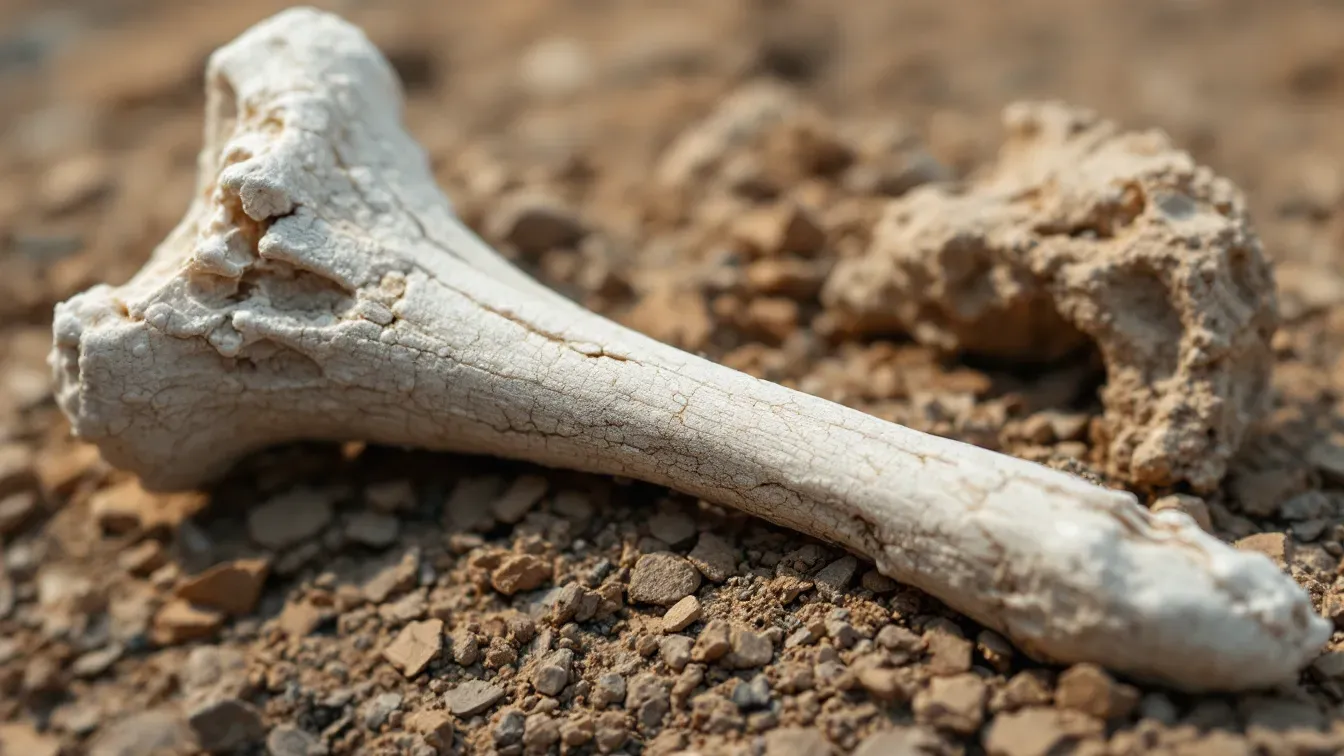
Insights from Dire Wolf Fossils
Fossils provide a window into the dire wolf’s past. Native to the Americas during the Late Pleistocene and Early Holocene (125,000–10,000 years ago), dire wolves were larger than modern gray wolves, with robust skulls and teeth suited for hunting large herbivores like bison and horses [9]. The largest collection of dire wolf fossils, over 3,600 individuals, comes from the Rancho La Brea Tar Pits in Los Angeles, where many were trapped pursuing prey in tar seeps [10].
Genetic studies reveal dire wolves were not closely related to gray wolves but descended from a distinct North American lineage, possibly warranting a separate genus, Aenocyon [11]. Their stockier build and shorter limbs suggest they were powerful but less agile than gray wolves [13]. Their extinction around 10,000 years ago likely resulted from climate change, prey loss, and human competition [12].
Reconstructing Dire Wolf Life
Without living observers, scientists rely on fossils to infer dire wolf behavior and appearance. Dire wolves were likely pack hunters, similar to gray wolves, with fractured teeth indicating fierce competition for prey [14]. Their robust physique, with larger teeth and greater shearing ability, made them effective apex predators [14]. Recent studies suggest they had lighter, possibly white or reddish fur, aiding camouflage across diverse terrains [12].
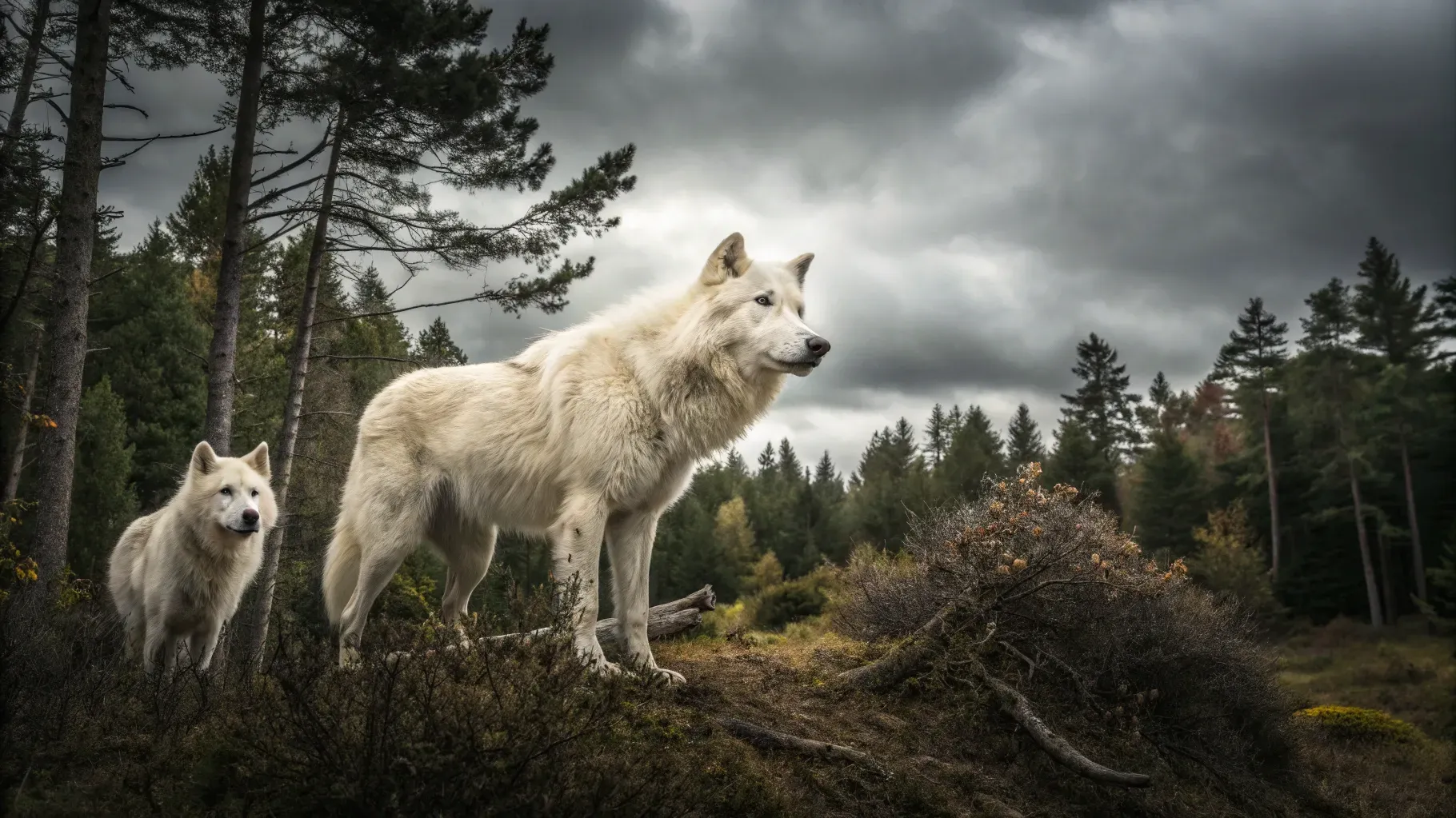
| Characteristic | Dire Wolf | Modern Gray Wolf |
|---|---|---|
| Size | Larger, ~150 lbs | Smaller, ~80-120 lbs |
| Skull | More robust, larger teeth | Less robust, smaller teeth |
| Limbs | Shorter, stockier | Longer, more agile |
| Fur Color | Likely white/reddish | Typically gray/brown |
| Hunting Style | Pack hunter, large prey | Pack hunter, varied prey |
Ethical and Environmental Considerations
While de-extinction is exciting, it raises ethical questions. Should resources be allocated to reviving extinct species when endangered ones need urgent help? Could revived species disrupt modern ecosystems? For instance, dire wolves, as apex predators, might affect prey populations or compete with native species [16]. Additionally, the pups’ hybrid nature raises questions about their authenticity as dire wolves [4].
These concerns underscore the need for collaboration with conservationists and bio-scientists. Their expertise can guide responsible de-extinction, ensuring ecological balance and ethical integrity. Alta Charo, J.D., emphasized, “As humans, we have a unique capacity and moral obligation to steward the earth for the benefit of all living things” [3]. Gaining broader support from the scientific community will legitimize and refine these efforts.
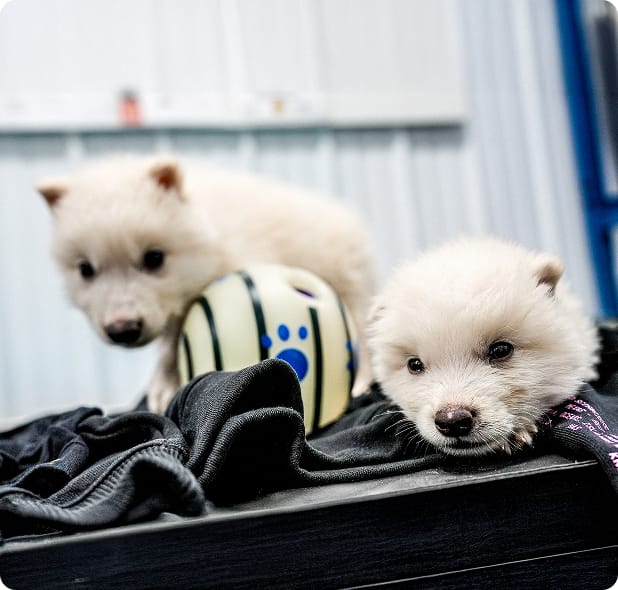
Beyond the Dire Wolf: Broader Impacts
De-extinction offers more than just species revival. The technologies developed, such as CRISPR and cloning, can enhance genetic diversity in endangered species. Colossal’s work with red wolves demonstrates this potential, addressing the genetic bottleneck faced by a population founded by just 14 individuals [3]. These advancements could benefit other species, like the bolson tortoise, compromised by reduced genetic diversity [3].
Public engagement is another benefit. The dire wolf, popularized by “Game of Thrones,” captures imaginations, making it a powerful tool for raising conservation awareness [15]. Educational campaigns can inspire action to protect biodiversity, as noted by wildlife biologist Forrest Galante: “This monumental achievement demonstrates that we can give extinct species a second chance at life” [3].
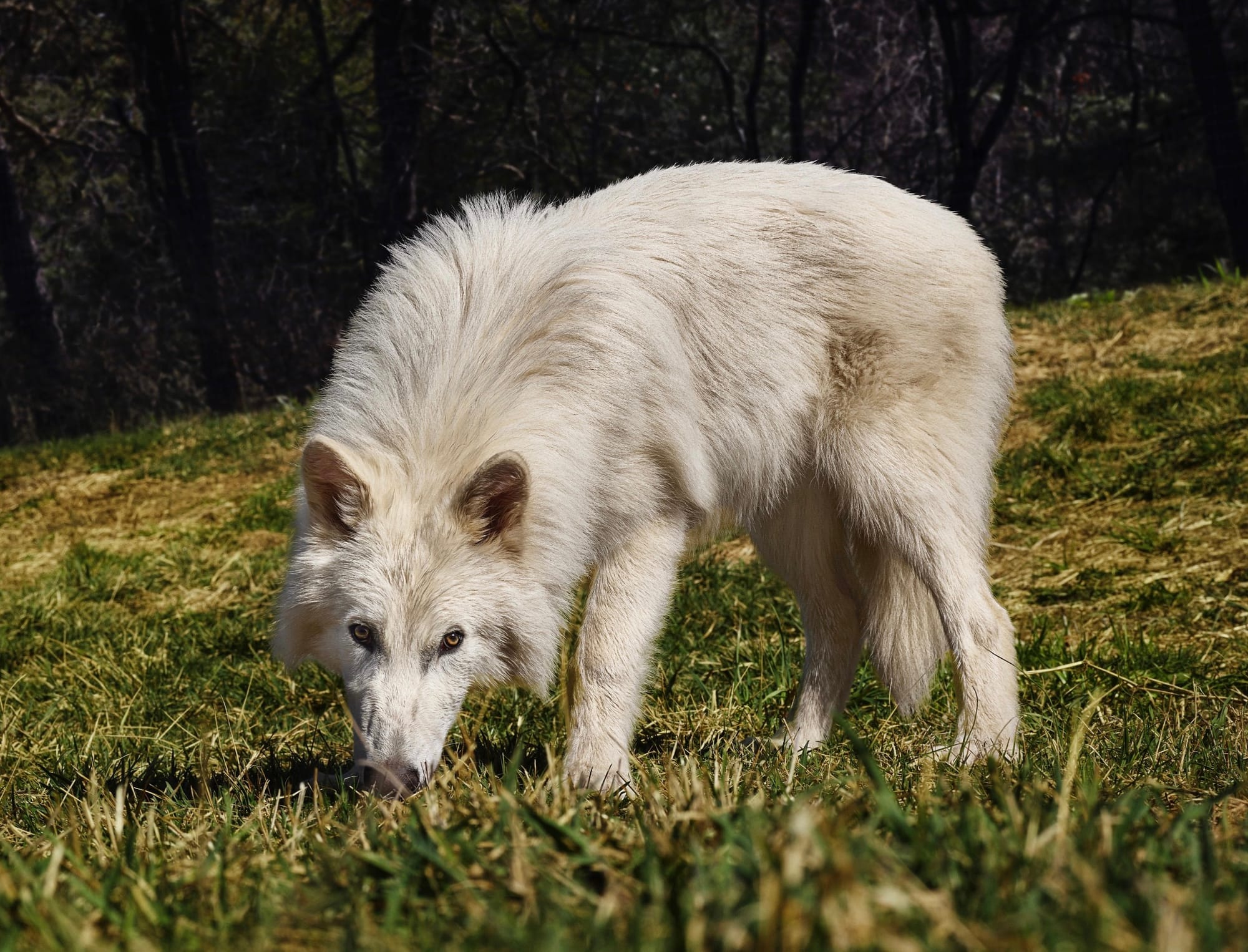
A Future of Possibilities
For animal lovers, the dire wolf’s return is a thrilling glimpse into a future where de-extinction could revive other iconic species. Imagine woolly mammoths restoring tundra ecosystems, their tusks gleaming under Arctic skies. Picture dodo birds waddling through Mauritius’ forests, a symbol of redemption for human-caused extinction. Envision Tasmanian tigers prowling Australia’s wilderness, controlling invasive species and reviving ecological balance [13]. These projects, if managed responsibly, could enrich our planet’s biodiversity and deepen our understanding of lost species.
The dire wolf’s revival proves de-extinction is no longer a dream but a reality. As Bridgett vonHoldt, Ph.D., stated, “We now have the technology to revive extinct genetic diversity and species… just the start of numerous species we can bring back” [2]. By addressing ethical and ecological challenges and fostering scientific collaboration, de-extinction can pave the way for a more diverse, vibrant world.
Video by Colossal Biosciences on Youtube.
In conclusion, the dire wolf’s return is a testament to human ingenuity and our potential to right past wrongs. While challenges remain, the benefits—scientific, ecological, and cultural—are profound. As we stand on the cusp of this new era, the possibilities for de-extinction inspire hope for a future where we coexist with a richer tapestry of life, from dire wolves to mammoths and beyond.
Key Citations:
- De-extinction Wikipedia Page
- Colossal Biosciences Dire Wolf Project
- Colossal Biosciences Conservation Perspectives
- CNN Dire Wolf De-extinction Article
- BBC Experts Dispute Dire Wolf Claim
- AP News Dire Wolf Genetic Engineering
- Colossal Biosciences Science of De-extinction
- ABC News Dire Wolf Revival Story
- Wikipedia Dire Wolf Fossil Information
- San Diego Natural History Museum Dire Wolf
- Scientific American Dire Wolf Genetic Study
- National Geographic Dire Wolf DNA Insights
- Britannica Dire Wolf Characteristics
- Colossal Biosciences Dire Wolf Biology
- New York Times Dire Wolf De-extinction
- Scientific American De-extinction Technology



